Amy Gillett Rail Trail
Where wine and cycling meet in the Adelaide Hills
I’ve ridden this trail three or four times over the years, but every time I do, I think about Amy Gillett. She was one of our own – a South Australian athlete who absolutely shone in both cycling and rowing.
After we lost her in 2005, naming this gorgeous Adelaide Hills trail after her was the perfect way to keep her memory alive.
Getting started
Where to park and begin I’ve found the most practical starting point is at Gillman Road in Oakbank, where there’s ample parking space. I have also parked in the local Mitre 10 carpark, but that is a bit further away.
For my shorter rides, I have started at Woodside or Charleston, which offers manageable 4-5 kilometre sections. The northern end at Mount Torrens Oval includes parking and facilities, making it another excellent starting option.
Exploring the trail sections
- Oakbank to Woodside section:
The initial stretch of my ride takes me through a flat 4-kilometre section running parallel to the road. As I approach Woodside, the Wicks Estate vineyards create a stunning backdrop, particularly beautiful during autumn. The recently completed bypass allows me to ride safely behind the town while still having easy access to local amenities. - Woodside to Charleston highlights:
This 5 kilometre section has become one of my favourite parts of the trail. It’s predominantly flat, passing by Barristers Block cellar door. I particularly enjoy seeing the evidence of recovery from the 2019 bushfires, which tells a story of resilience in our Adelaide Hills community. - Charleston to Mount Torrens experience:
The gradient becomes more challenging after Charleston, making this 7-kilometre section quieter and more contemplative. I love riding through the dramatic cuttings and past steep embankments. The trail passes more vineyards, with Lobethal Road cellar door just 200 metres from the path.
Food and wine along the way
The Adelaide Hills region offers brilliant food options along the trail. In Woodside, I regularly stop at the Lobethal Bakery or Avalon for a coffee and bun break. The trail connects several cellar doors, including Wicks Estate and Barristers Block, perfect for those interested in wine tasting. Remember though, that drinking and cycling is not reccomended and the same rule apply to cyclists as thy do to drivers. Buy wine to take home.
What makes this trail special
The 16-kilometre Amy Gillett Rail Trail offers something unique in every season. The bitumen surface makes for comfortable riding, while the gentle gradients suit riders of various abilities. I’m particularly excited about the proposed Wine Capital Cycle Trail development, which could extend this beloved route as part of a 250-kilometre network connecting South Australian wine regions.
Conclusion
The Amy Gillett Rail Trail holds a special place in my heart as one of the Adelaide Hills’ most accessible and rewarding cycling experiences. Whether it’s the autumn colours, the local wines, or the peaceful countryside, each ride offers something new to discover.
Frequently Asked Questions
- Smile Paul, smile!
- Hmmm, should I go around?
- One of the many road crossings

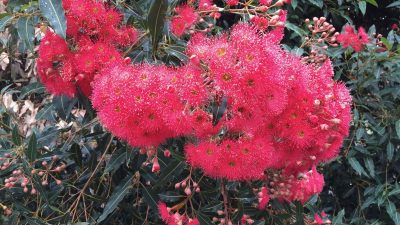
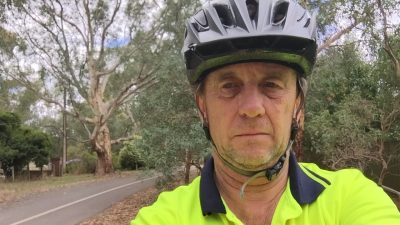

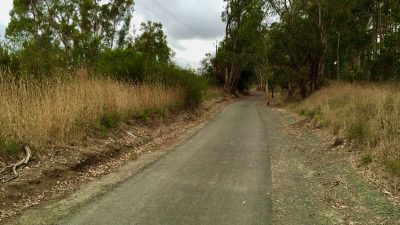
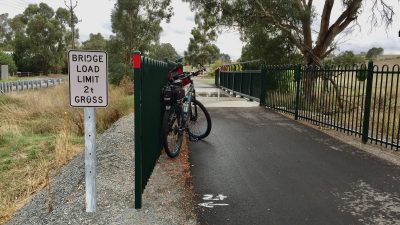
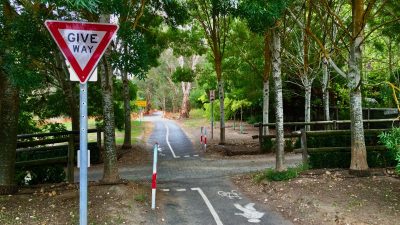

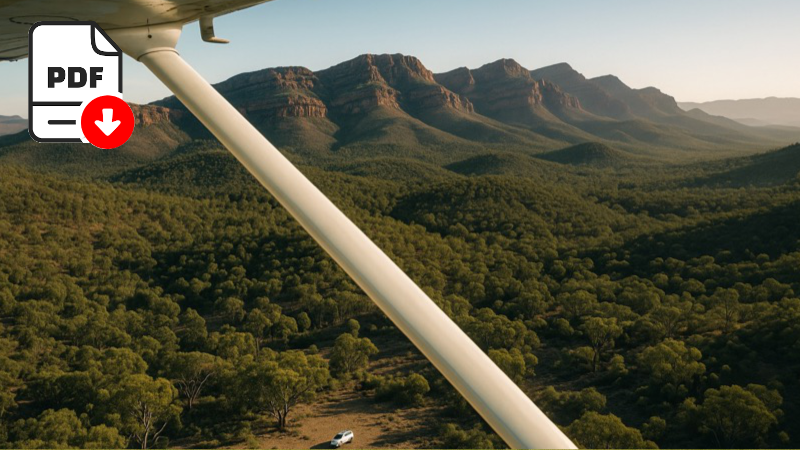
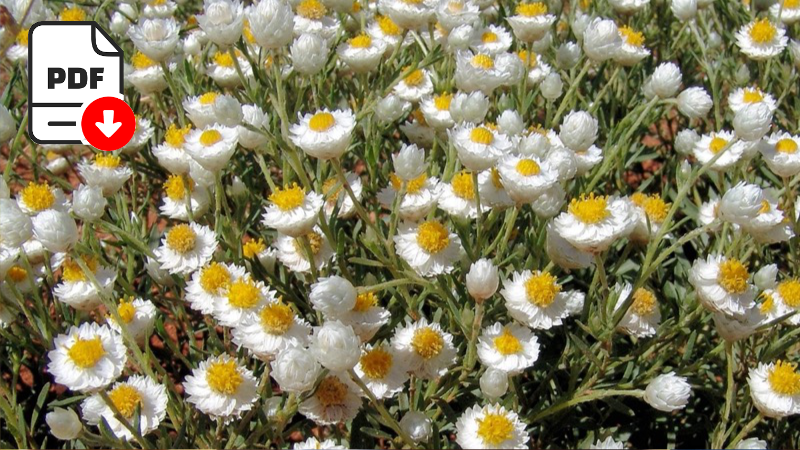
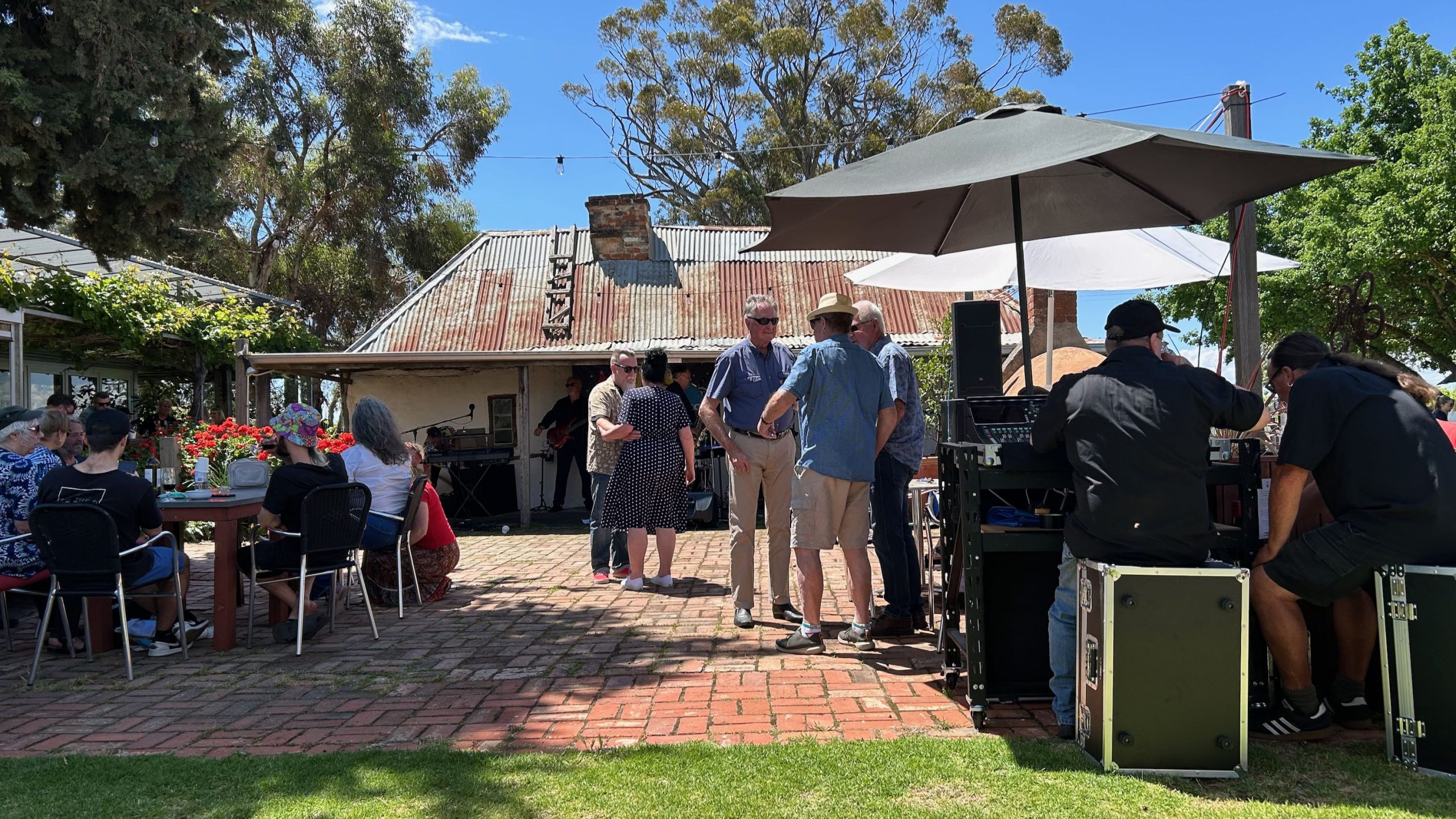

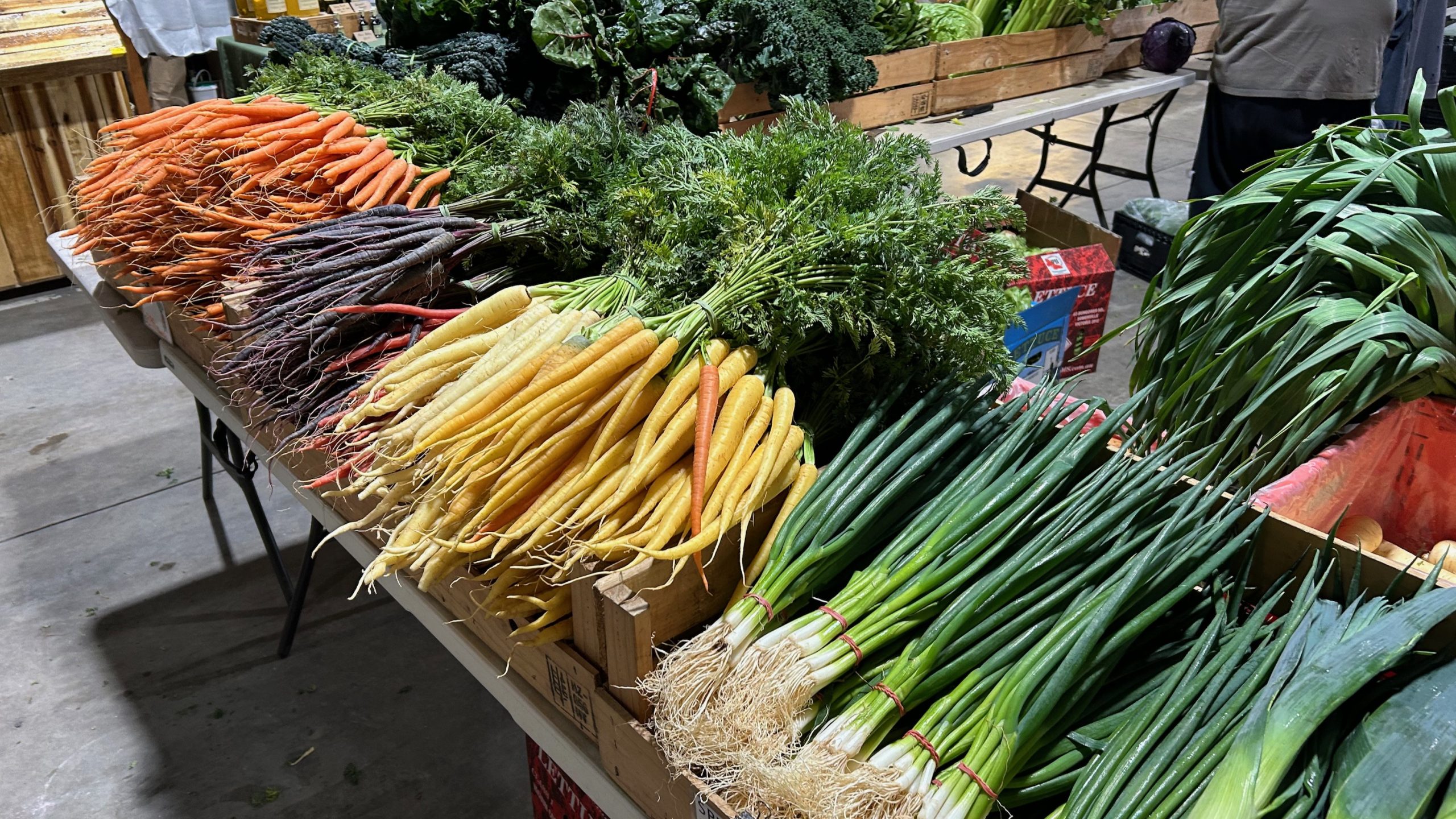


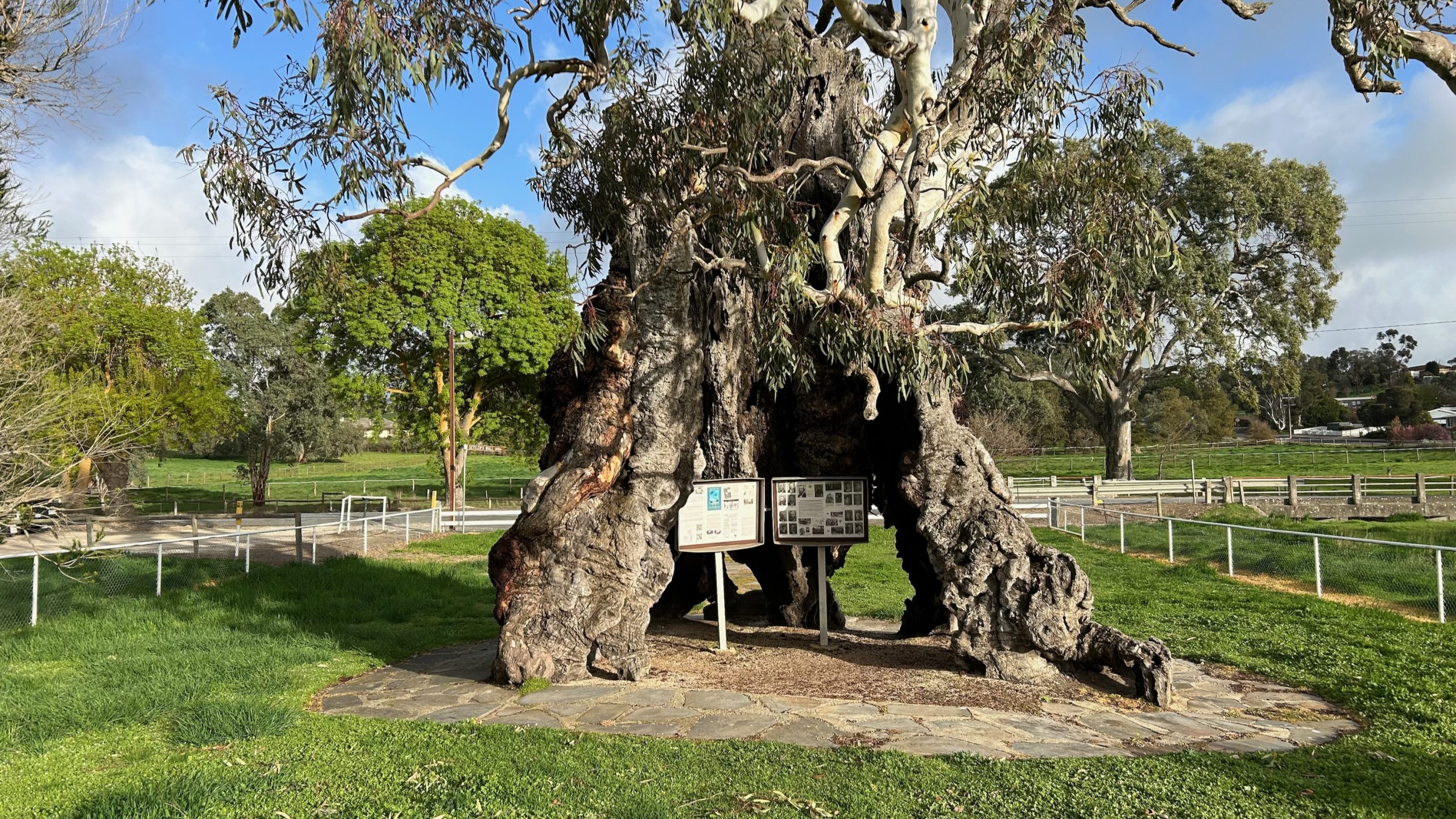
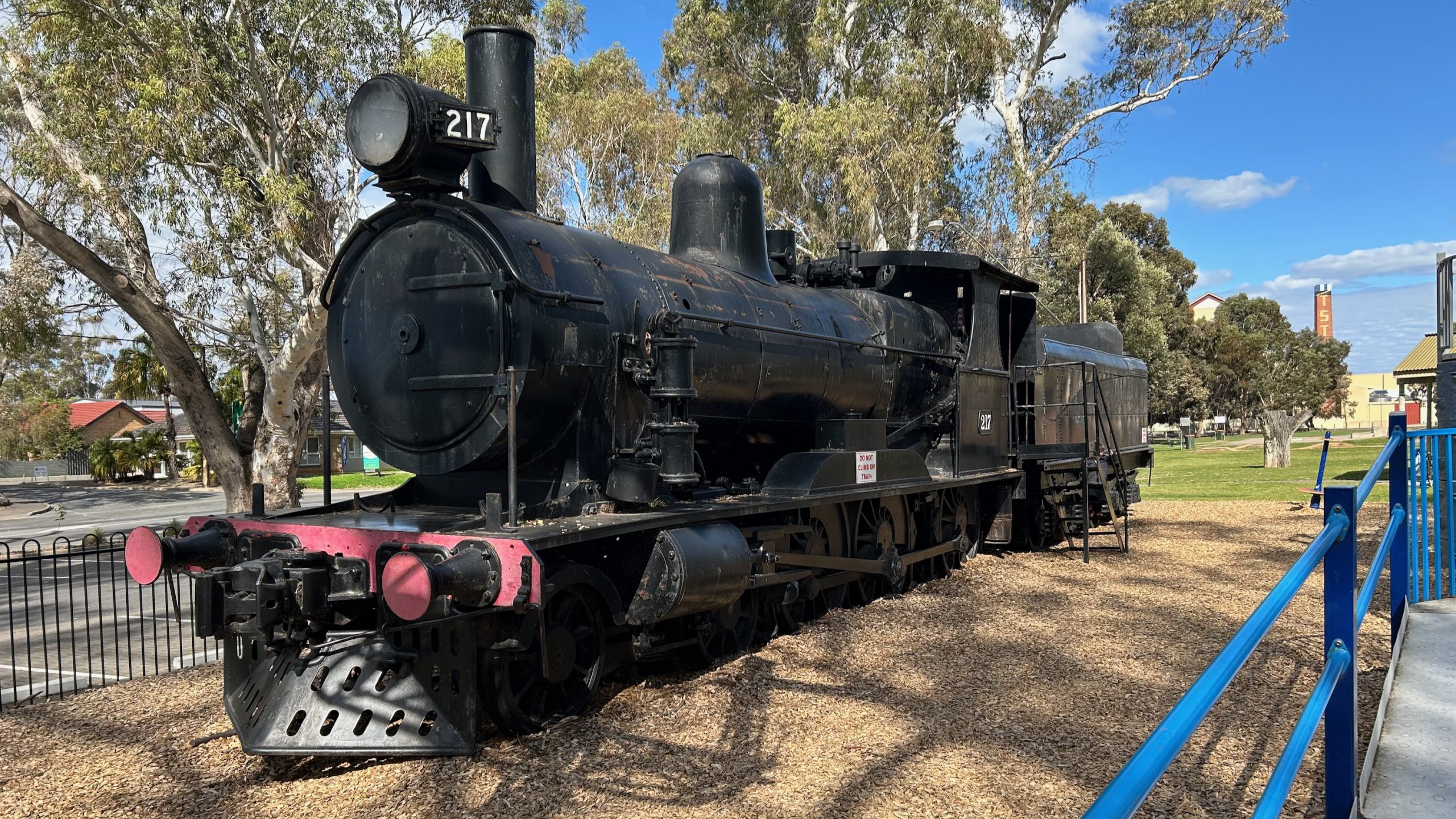


Leave A Comment